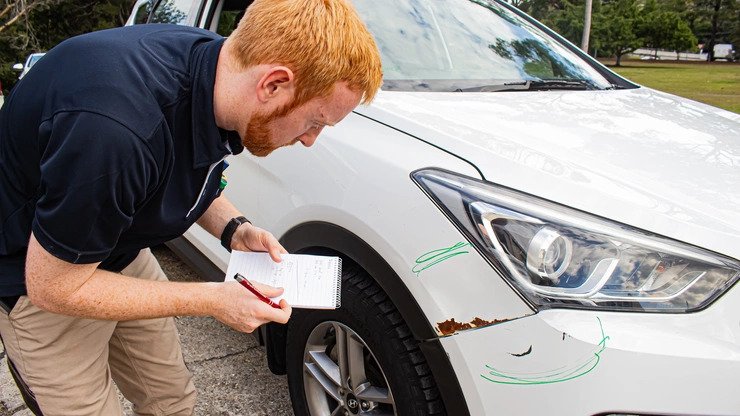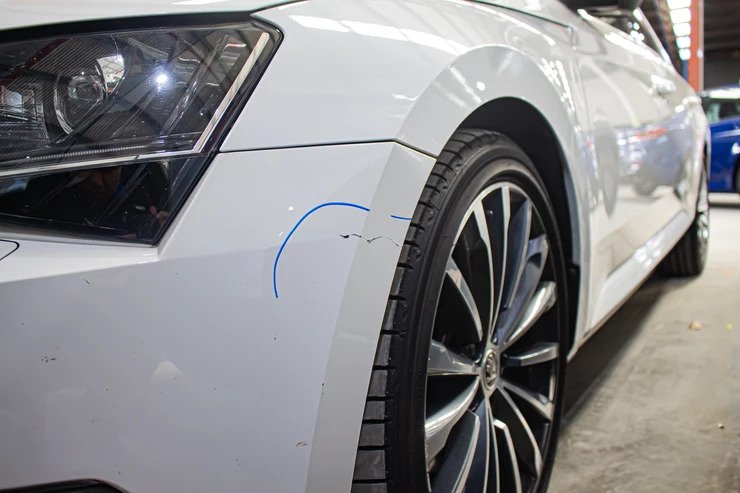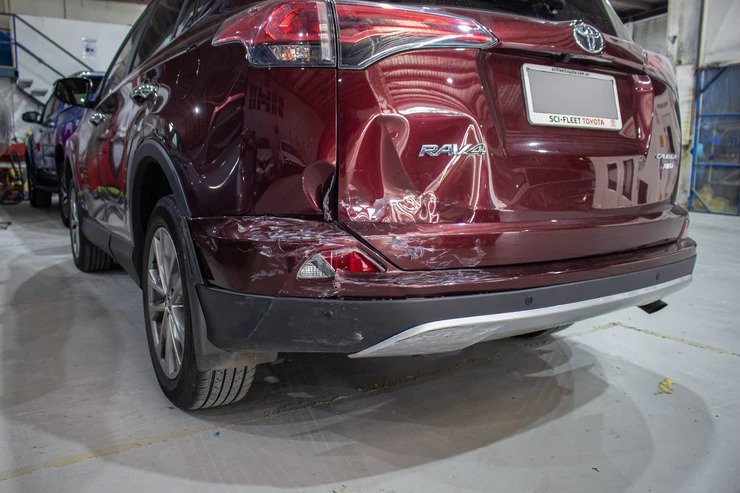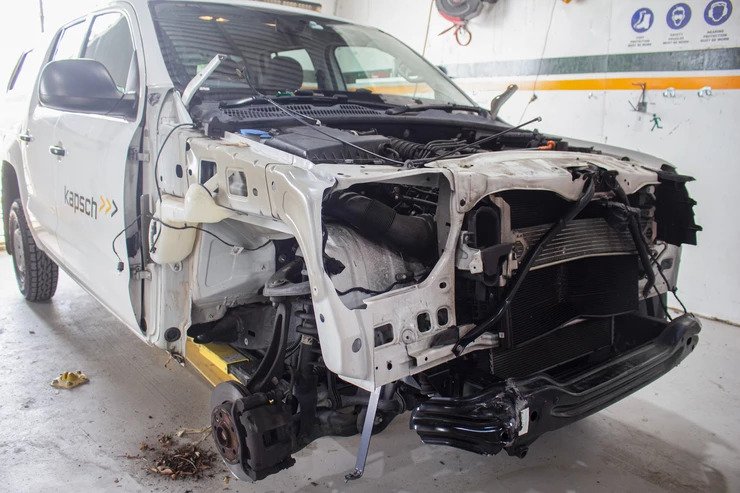
When you get involved in an accident, other than determining who’s at fault, it’s also noteworthy to consider the type of vehicle damage. As discussed in our previous blog Accident NOT My Fault: What You Should Know, you can either involve your insurance company or talk it out with the other driver. Sometimes the estimate cost of repairs is less than the insurance excess to be paid by the policy owner. In such cases, you can forego calling your insurer if the other driver is cooperative.
Vehicle damage can result in anything from a small dent to the total wreckage of your car. Some types of vehicle damage are more noticeable than others. Car maintenance goes beyond protecting its exterior freshness. Keeping it in tip-top shape will also help your car run smoothly. All types of vehicle damage should be repaired to maintain the structural integrity of your car. After an accident, make sure to visit one of the trusted repair shops around, like Flow Autobody.
There are many types of vehicle damage, and it is important to understand which types you should be concerned about when your car has been in a collision. If a mechanic or a professional collision center inspects your vehicle, they will typically check for two types of damage: cosmetic and functional.
Cosmetic damage can involve anything from a crack in the hood of your car, to scratches on your door panel. It can also include broken lights or mirrors, which are designed to be easily replaced with aftermarket parts. In a nutshell, cosmetic damage is damage to the aesthetics of your car only. It means that your car runs the same even with the damage to the exterior.
Functional damage includes types that prevent proper operation of different parts of the vehicle, such as if an axle is cracked or broken and prevents one from turning a wheel. The level of damage to the exterior may not always be directly proportional to the level of damage to the working parts. It’s important that you get both types of damage assessed after a car crash to know if the car is safe to use again. The mechanic will also use this assessment to give an estimate repair cost. If you want to get a FREE estimate before visiting a shop, try Flow Autobody’s online estimator.
When it comes to vehicle damage, there are three levels of severity. The first is minor damage, which is typically superficial and includes dents, scratches, or scrapes. The second is moderate damage, which often affects the functionality and structural integrity of the car. The last is severe damage, which most of the time, is total wreckage and requires assistance from a tow truck because it’s impossible or unsafe to drive to a repair shop.
To break it down, here’s a short video of the three levels of vehicle damage. Knowing this will determine how much and how long your car will take to repair, if it can even be repaired at all:

Minor damages are the most common type of vehicle damage and they usually affect only the outer shell of the vehicle. This is further classified as dents, bends, scratches, or scuffs. They may seem small from your perspective but they can still cost some money depending on what was affected.
Minor cosmetic damage to a car is commonly a slight defect in the paint, body, or exterior parts. Some examples of this kind of car damage include small dents, scratches on doors and hoods, and a ding on your doors. Most often, it’s easy to ignore minor damages, because it doesn’t really affect the way your car drives.
Minor damages are most often caused by daily use, such as damage to paint or normal deterioration of internal working parts. Some minor damage are so minor that you can even try to remedy them yourself, such as light scratches. For an easy step-by-step guide, you can head over to How to Remove Light Scratches.
However, some minor vehicle damage, like a dysfunctional head or tail light, requires immediate attention. Otherwise, you risk getting into a car accident when you drive at night.

Moderate vehicle damage usually occurs when a vehicle collides with another object, such as a tree, pole, or another car. This results from a minor low- or medium-speed car accident. Any kind of damage that affects the functionality of the car is considered moderate. Basically, any incident that puts considerable force onto the vehicle can cause moderate, if not severe, damage to your car.
These types of issues can cause safety risks if they are not repaired immediately. Some examples of this type of problem include brake issues, damaged tires, and fender benders. Driving the car prior to getting the damage repaired can put the driver and other people on the road in danger.
The damage is generally characterized by extensive, but not catastrophic, damage. Aside from scratches and dents, it’s common to have broken windows and malfunctioning lights in such scenario. Even though the car looks visibly damaged, it generally still holds together well enough to be driven home. However, anything that alters your car’s functions should be addressed immediately, because they can pose risks while you’re driving on the road.

Severe damage is the most serious type of vehicle damage possible and could be a result of a very bad vehicular collision or car accident. It can be described as when your car no longer runs or cannot be driven at all because of safety reasons. In this type of vehicle damage, your car’s frame and/or machineries have been completely compromised. Most often, this will require several panels on your car to be changed.
Simply put, it will not work like it once did until you repair the frame and replace the parts in order to regain functionality. Another example of severe damage is when your car has been completely totaled and cannot be repaired like it once was because the cost to repair would outweigh any potential for profit.
After any kind of accident, the structural integrity of your vehicle is affected whether in a big or small way. Extend the same care you give your physical health to your vehicle’s health and have the concerns addressed by the specialists. With Flow Autobody, we work as doctors to treat any issues your car may have. Our Autobody Repair services, will help you safely get back on the road because our team cares more about the driver behind the wheel than just making your car look pretty again.
If you have some repair questions in mind, feel free to contact us. You can also watch this video here.
Hot Reads